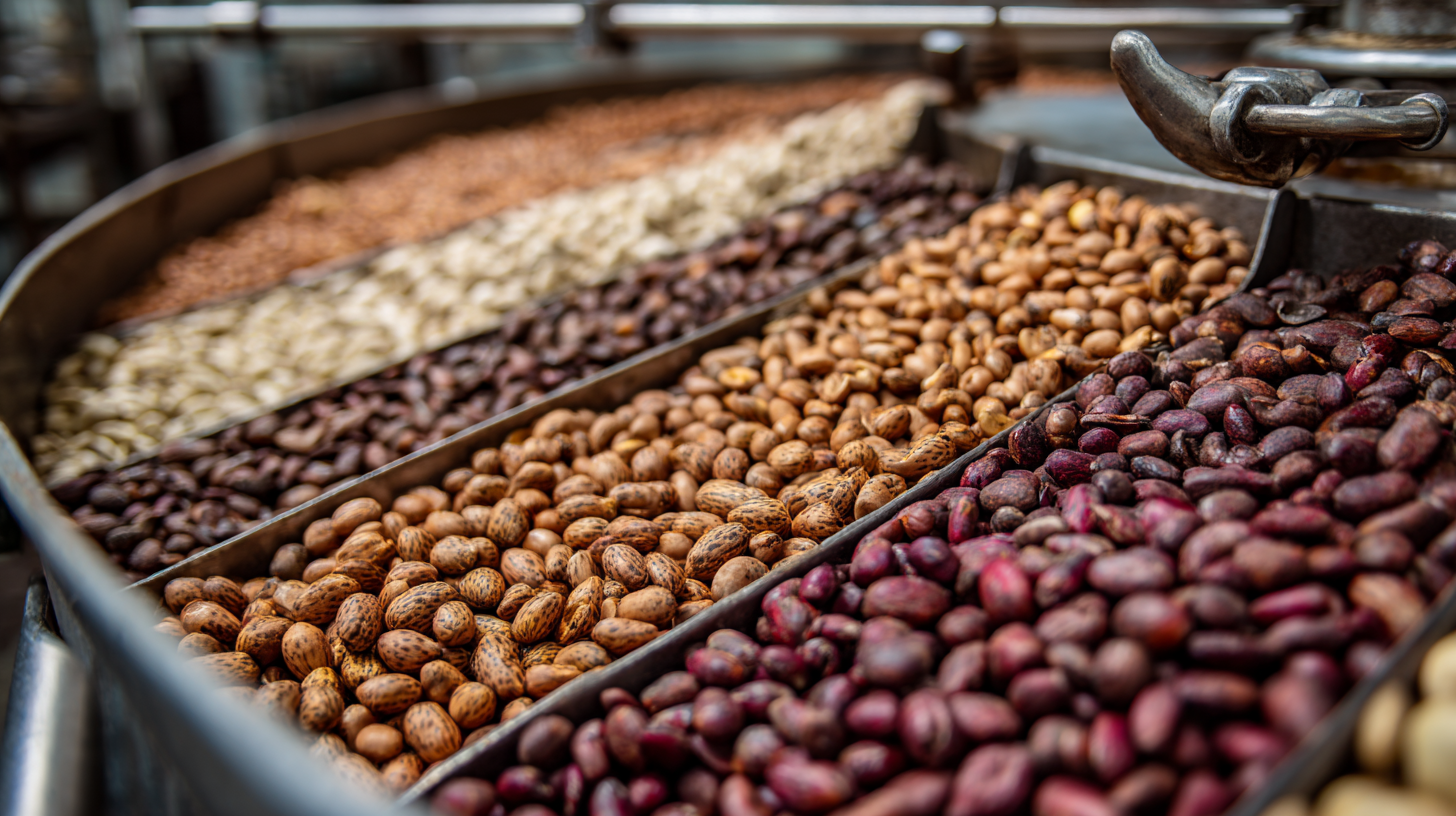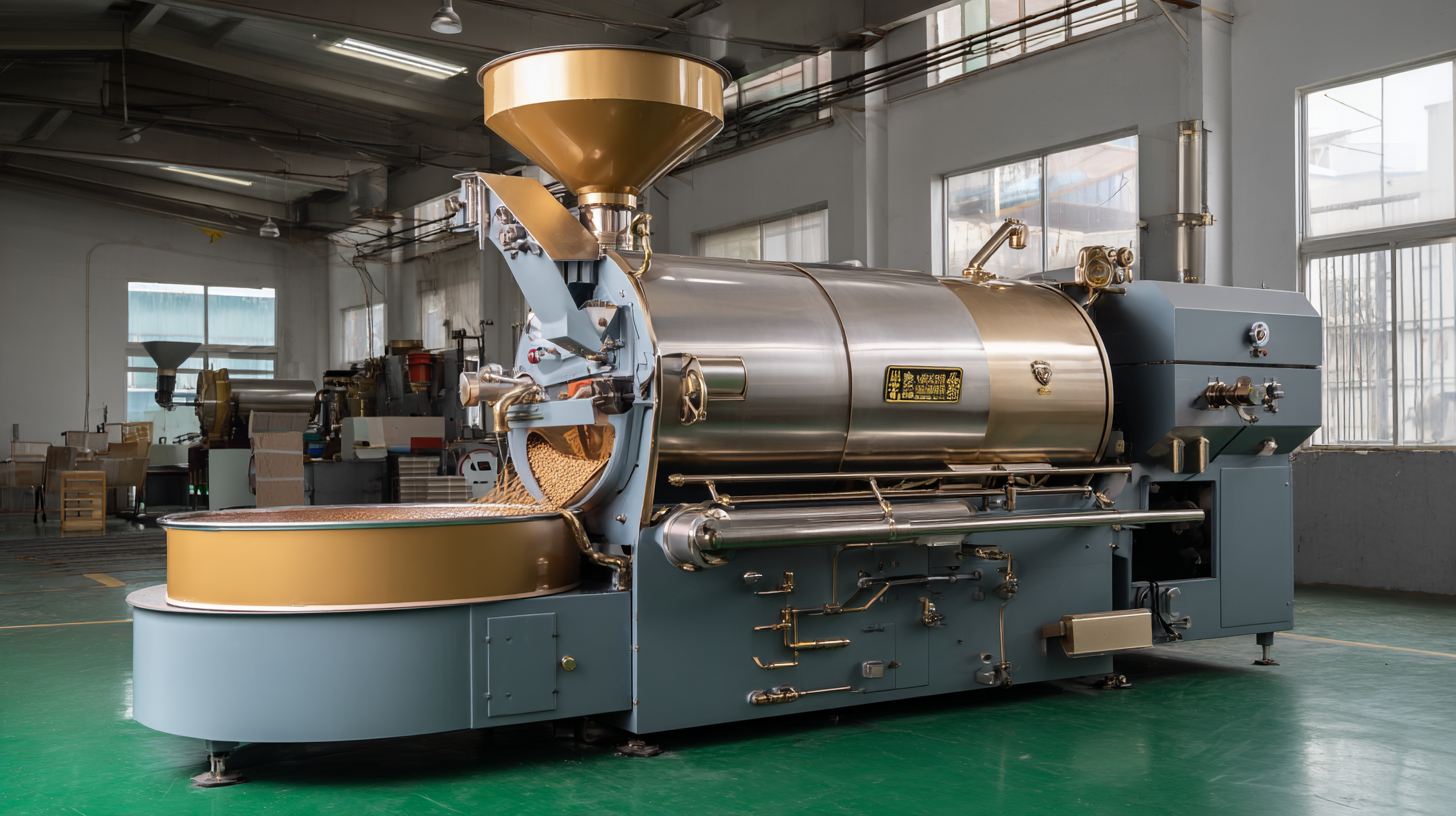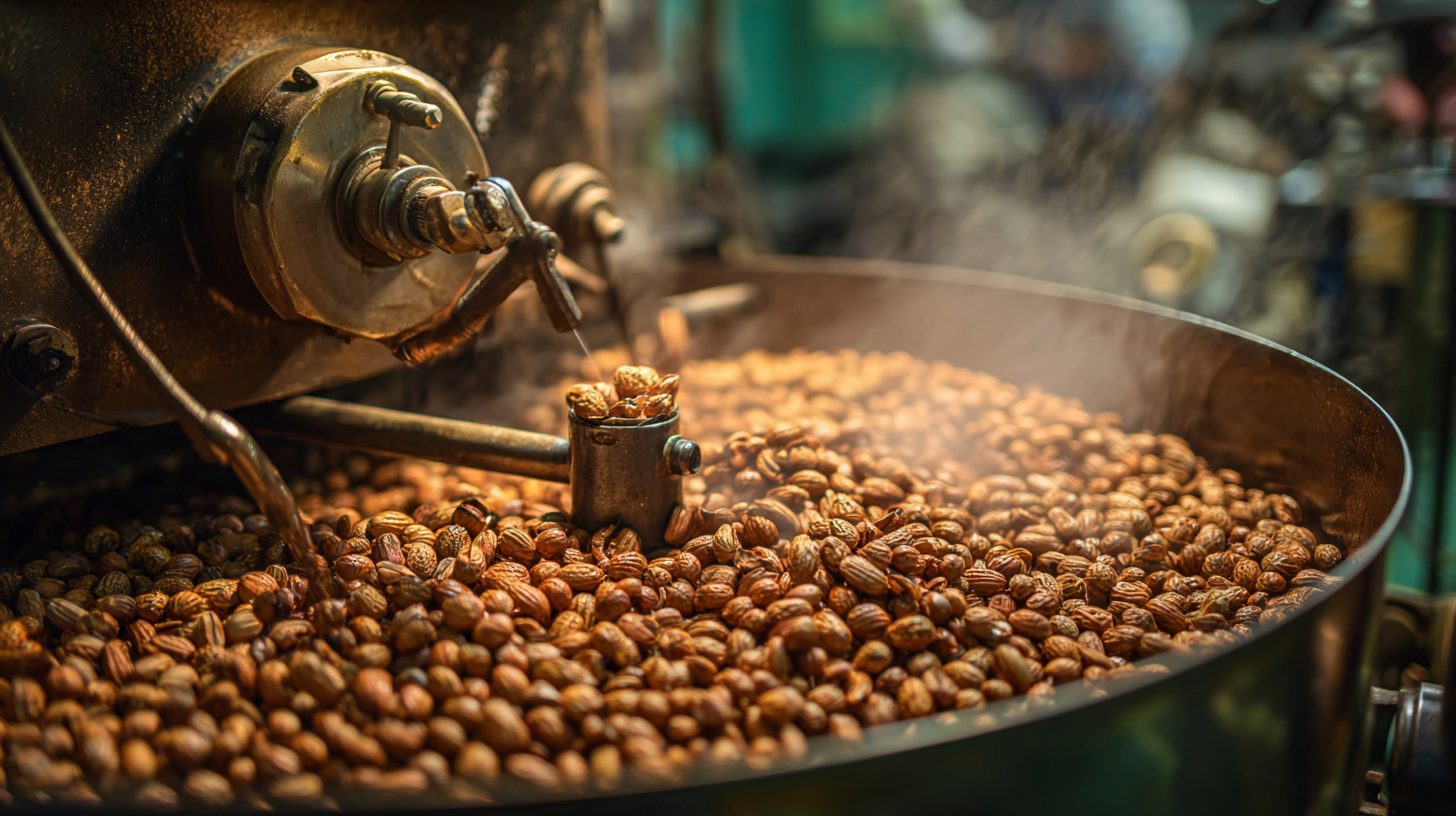How to Choose the Best Peanut Roaster Machine for Your Business Needs
In the dynamic landscape of the nut processing industry, the demand for high-quality roasted peanuts continues to grow, fueled by evolving consumer preferences and the expanding snack market. According to a report by the Research and Markets, the global nut processing equipment market is projected to reach USD 9.5 billion by 2025, with peanut products witnessing a significant surge in consumption. To capitalize on this trend, businesses must invest in reliable and efficient peanut roaster machines that can meet their specific operational needs and enhance product quality. Selecting the right peanut roaster machine not only improves flavor and texture but also maximizes productivity and profitability. This blog aims to provide insights into industry applications and practical guidance on how to choose the best peanut roaster machine that aligns with your business requirements.

Key Features to Look for in a Peanut Roaster Machine
When selecting a peanut roaster machine for your business, it's crucial to consider several key features that can greatly impact efficiency and product quality. One of the most significant attributes is the roasting capacity. Depending on your production scale, you may need a machine that can handle large batches or a more compact unit for smaller operations. Moreover, look for machines with adjustable temperature controls, allowing you to fine-tune the roasting process to achieve the perfect flavor and texture for your peanuts.

Another critical aspect to evaluate is the build quality and materials used in the machine. A durable machine made from stainless steel can withstand the rigors of continuous use and is easier to clean, ensuring that hygiene standards are maintained. Additionally, pay attention to the heating method; hot air roasting provides even heat distribution, resulting in uniformly roasted peanuts without the risk of burning. Lastly, consider the ease of operation and maintenance, as a user-friendly design can save time and reduce downtime in your production line.
Understanding Different Types of Peanut Roaster Machines
When selecting the best peanut roaster machine for your business needs, understanding the different types available is essential. Several categories of peanut roasters include batch roasters, continuous roasters, and specialty roasters designed for specific applications. Batch roasters are ideal for small-scale operations and allow for better control over the roasting process. Conversely, continuous roasters enhance efficiency for larger businesses, ensuring a steady production flow. Tailoring your choice based on desired output and flavor profile will significantly impact your product quality.
**Tips:** Consider the capacity and roasting consistency of the machine, as these factors directly affect the flavor and texture of the peanuts. According to a recent industry report, investing in high-quality roasting technology can increase your yield by up to 20%. Additionally, look for machines with advanced climate controls that maintain optimal roasting temperatures—this can enhance flavor and prevent batch inconsistencies.
Keep in mind the importance of machine maintenance and ease of cleaning, which can significantly influence your operational efficiency. Studies indicate that regularly maintained machines lead to a 15% reduction in downtime, ultimately boosting productivity. Aligning these considerations with your business goals will ensure you select the most suitable peanut roaster.
Evaluating Capacity: Choosing the Right Size for Your Business
When selecting a peanut roaster machine, evaluating the capacity is crucial to meet your business needs effectively. The capacity of a roaster is typically measured in pounds of peanuts it can roast per batch and per hour. For small businesses or artisanal shops, a machine that processes 50 to 100 pounds per batch may suffice, allowing for quality control and flexibility in production. However, larger enterprises or commercial operations might require machines capable of handling 200 pounds or more per batch to keep up with higher demand and maximize efficiency.
Consider your production goals and customer expectations when determining the size. A roaster that’s too small can lead to bottlenecks, affecting your ability to fulfill orders in a timely manner. On the other hand, investing in a large machine without the market demand could lead to wasted energy and resources. It's essential to strike a balance between your current needs and anticipated growth. By carefully assessing your capacity requirements, you’ll be better equipped to select the ideal peanut roaster that scales with your business.
Peanut Roaster Machine Capacity Evaluation
Budget Considerations: Finding a Peanut Roaster that Fits Your Needs
When considering the budget for a peanut roaster machine, it’s crucial to identify how these machines can impact your overall operational costs. According to a 2022 industry report by Market Research Future, the peanut processing equipment market is projected to grow at a CAGR of 4.5% through 2030, highlighting the increasing demand for efficient roasting solutions. A well-chosen roaster can enhance productivity and minimize energy consumption, often leading to an average return on investment within the first two years.
Moreover, it’s essential to factor in not only the initial purchase price but also maintenance and operational costs. The same report indicates that businesses can save up to 20% on energy costs by investing in modern, energy-efficient machines compared to older models. Additionally, consider your production volume—while a smaller, manual roaster may suffice for a local shop, a larger commercial operation could benefit from a more advanced machine.
Balancing upfront costs with long-term savings and operational needs will help ensure the best fit for your business’s demands.
Maintenance Tips for Longevity and Performance of Roaster Machines
When investing in a peanut roaster machine, proper maintenance is crucial for ensuring longevity and optimal performance. Regular cleaning is a fundamental step that should not be overlooked. After each roasting session, it is important to clear away excess crumbs and oils that can accumulate inside the machine. Using a soft cloth can help maintain the surfaces, while a vacuum can effectively remove debris without causing damage to the internal components.

Additionally, periodic inspections are vital for identifying any wear and tear. Check the heating elements, drum, and other moving parts for signs of damage or necessary lubrication. It's advisable to follow the manufacturer's recommendations for routine maintenance schedules, which often include checks on electrical connections, belts, and bearings. This proactive approach not only extends the lifespan of your machine but also ensures consistent roasting performance, allowing you to deliver high-quality peanuts to your customers.
Investing time in maintenance will ultimately yield better results, maximizing your business's production and profitability.


